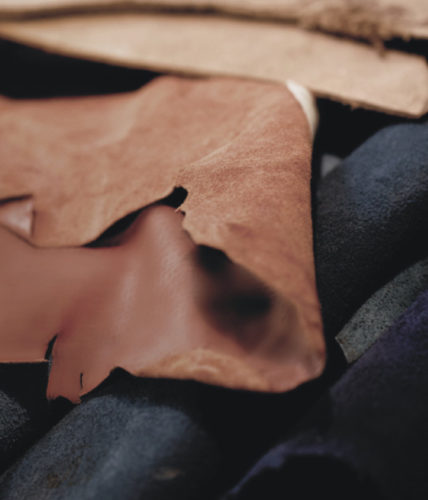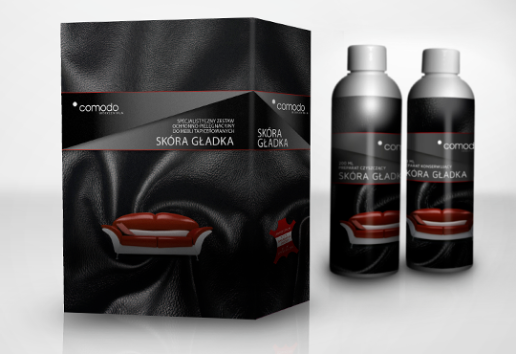Use and care
Guidelines for Using Upholstered Furniture
An upholstered piece of furniture should be used according to its intended purpose.
Do not use sharp tools while unpacking, as it can cause damage to the upholstery of the furniture.
Do not use sharp tools while unpacking, as it can cause damage to the upholstery of the furniture. This effect will decrease within a few days after unpacking. The shaping process can be accelerated by manually adjusting the cushions.
When moving the furniture, do not hold onto the upholstery or its loose components (cushions), as it can lead to irreversible deformations.
Upholstered furniture should not be placed in close proximity to active heat sources such as radiators, stoves, or heaters.
Upholstered furniture should not be placed in close proximity to active heat sources such as radiators, stoves, or heaters. The air humidity level should not exceed 70%.
For functional elements, even positioning (adjustment) of the furniture is required.
How to Care for Leather?
Leather is naturally an incredibly durable and resistant material. In the tannery, it undergoes a complex process of refinement to imbue it with specific characteristics. Over time, leather naturally ages and wears.
Due to its unique characteristics, leather requires special care because it lacks a natural regenerative ability. Regular and proper cleaning and preservation of leather ensure that it will remain beautiful, elegant, and pleasant to the touch for a long time.
In order to minimize the impact of harmful factors on leather (ambient temperature, radiators, artificial lighting, sunlight, as well as salt content in human and animal sweat, or damage caused by water), the following procedures should be carried out:
Gentle vacuuming – this is the fundamental method of caring for leather products. Regular vacuuming limits the accumulation of dirt. Dry vacuuming using soft lint-attracting cloths is recommended.
Cleaning and preservation – using “home remedies” for this purpose can lead to irreversible changes and, consequently, furniture damage. Therefore, it is crucial to use appropriate care products for the specific type of leather.
Cleaning and preservation should be performed every 2-4 months. The first preservation treatment is best done immediately after purchasing the furniture. This facilitates subsequent cleaning and can prevent the formation of stubborn stains.
For cleaning and preserving furniture made of natural leather, we recommend the tested and proven “COMODO” brand products. Before using furniture preservation products, a “water absorbency test” should be performed on a leather surface.
All products intended for cleaning and preservation of leather should be tested first in an inconspicuous area. Verified methods should always be applied to larger surfaces, applying them from seam to seam.
Stained surfaces should not be scrubbed, as this can damage the material.
In the case of stains that have penetrated the surface, it’s best to contact technical support at the number: +48 75 781 61 80.
Solvents (stain removers, turpentine, gasoline, etc.) should not be used to remove stains, as this can enlarge and fix the stains.
How to care for fabrics?
Fabric coverings should be kept clean. Dust and dirt should be removed using a cleaning attachment for upholstery.
Stains from beverages, food, sweets, cosmetics, blood, mud, etc. should be cleaned with a soft cotton cloth gently moistened with a solution of mild soap and water. Avoid soaking the fabric covering.
Clean gently from the edge towards the center of the stain (do not rub vigorously). Remove any remaining moisture with a dry, absorbent cloth.
Do not use chemical cleaning agents containing petrol, alcohol, or other solvents. After drying, gently brush with a soft brush made of natural bristles in the opposite direction of the fiber pattern.
Liquid stains should be immediately removed by blotting with an absorbent cloth.
Solid stains should be carefully removed with a blunt flat knife or spoon.
Occasionally, brush the fabric covering with a soft brush made of natural bristles.


